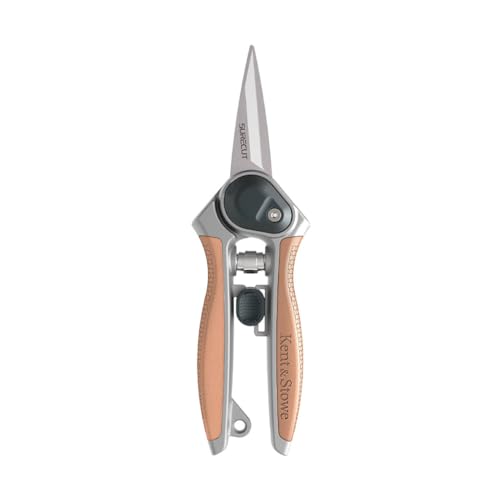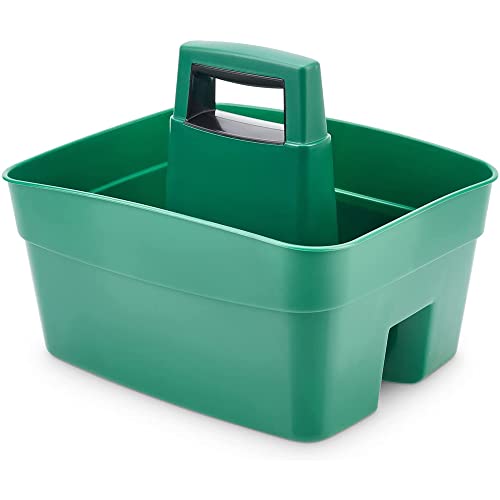Should you deadhead tulips? What you need to know if you want your bulbs to flower again next year
The task could be key to bigger and better displays next spring

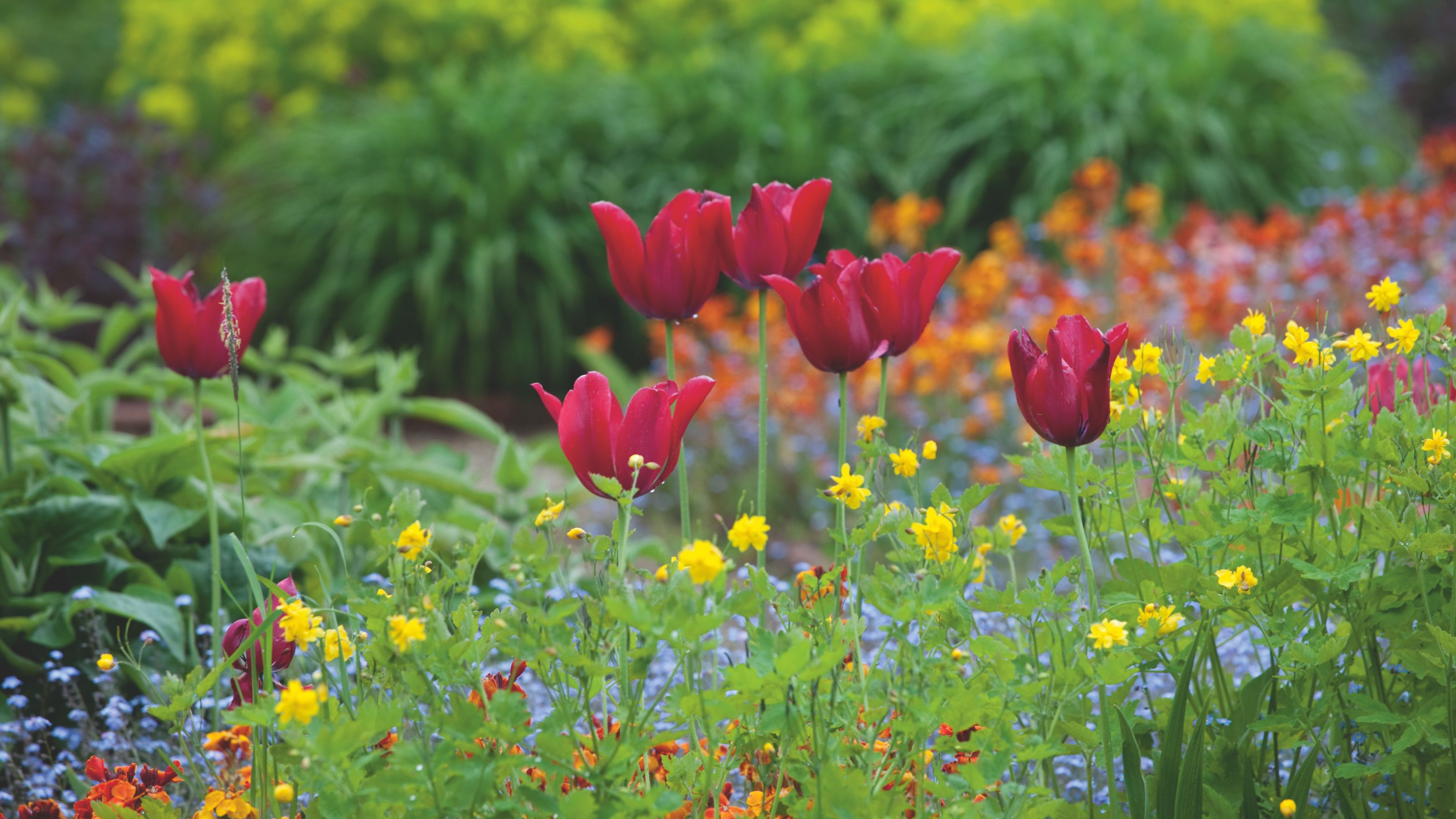
As our spring bulbs die down and make way for a flush of summer-flowering plants, we’re wondering: should you deadhead tulips?
Well, if you’re not sure what to do with tulips after they’ve finished flowering, you can add this task to your list of jobs to do in the garden in May. Deadheading could be the key to conserving the bulbs’ strength for next year, but you’ll need to make sure you’re doing it right.
I checked in with the experts to determine exactly how important deadheading is for tulips, and how to nail the task.
What you'll need

Some natural garden cleaner to clean your garden tools.
Should you deadhead tulips? The consensus among experts is that yes, you should be deadheading these spring flowers once they begin to fade.
‘Deadheading tulips is a simple process that will reward you threefold, reducing the spread of pests and disease, keeping your garden looking good, and most importantly, preparing the bulbs to produce stunning blooms next year,’ explains Lucie Bradley, gardening and greenhouse expert at Easy Garden Irrigation.
So, remembering to deadhead your tulips could be the key to successful displays next year and a healthier garden. If your blooms spring back next year, it'll save you having to revise the best time to plant tulip bulbs, too.
But why is it so important?
Sign up to our newsletter for style inspiration, real homes, project and garden advice and shopping know-how

Encouraged to garden since she was old enough to walk, Lucie has been working in the gardening industry for over 28 years. This has meant she has been lucky enough to talk to both amateur and professional gardeners every day of the week and is always learning. She believes you can never know everything about gardening as it constantly evolves.
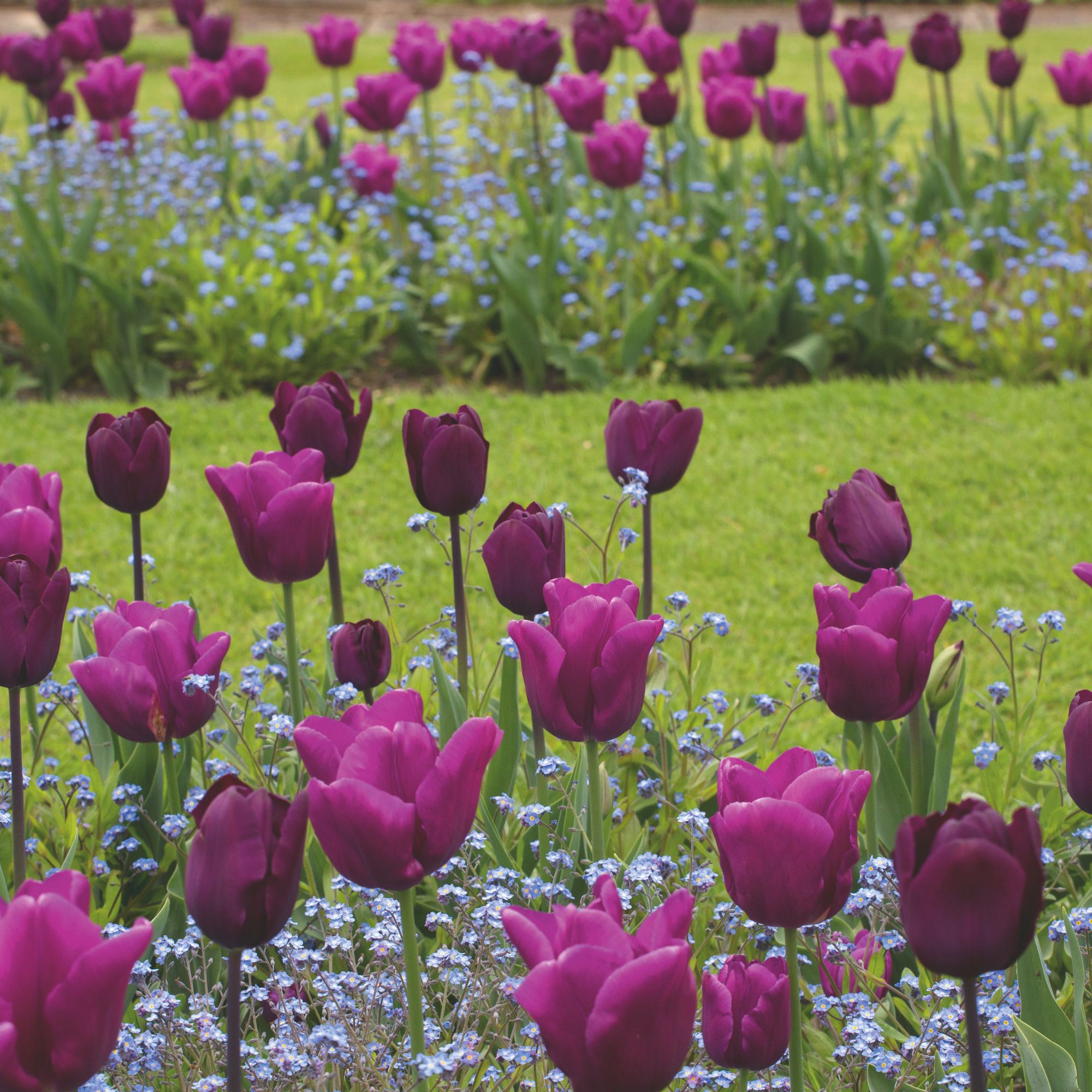
‘By deadheading your tulips, you'll stop the development of seed, which saves energy that can instead be used on forming new bulbs and gorgeous flowers next year,’ says Morris Hankinson, managing director at Hopes Groves Nurseries.
Not every tulip responds well to this process, though, and you’ll need to double-check the type of tulip you have to avoid making any deadheading mistakes.
‘Species tulips self-seed if you leave them, so avoid deadheading them,’ Morris warns.
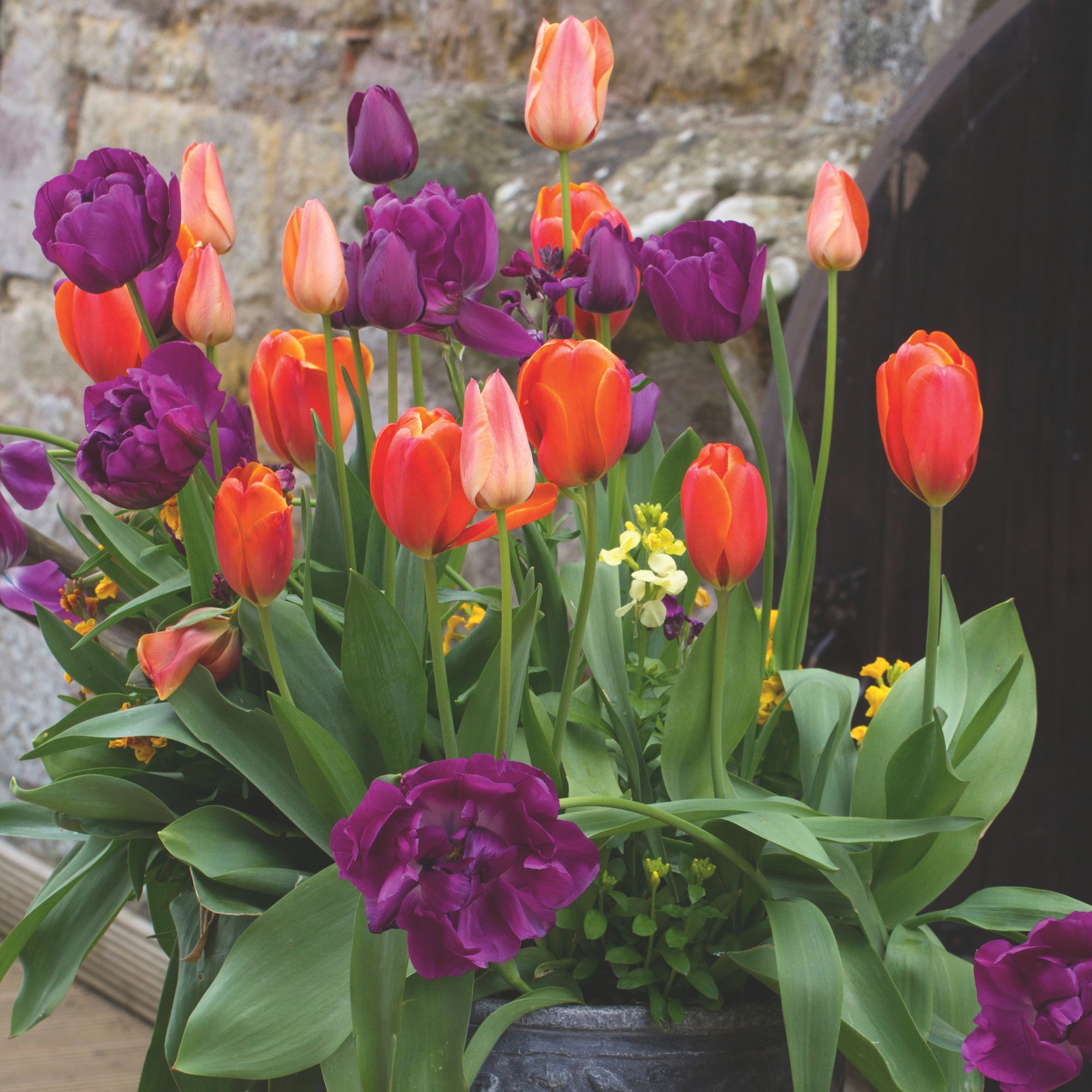
For other tulip varieties, deadheading could be the key to stronger displays next year. It’ll help keep garden plant pests and diseases at bay, too.
‘Pests and diseases are attracted to decaying plants, damaging the overall health of your tulips and their ability to produce beautiful blooms in subsequent years,’ Lucie explains. ‘By promptly deadheading, you are removing the fading, decaying flowers, reducing the opportunity for infestations, and helping to retain the health of the tulip bulb.’
What happens if you don’t deadhead tulips?
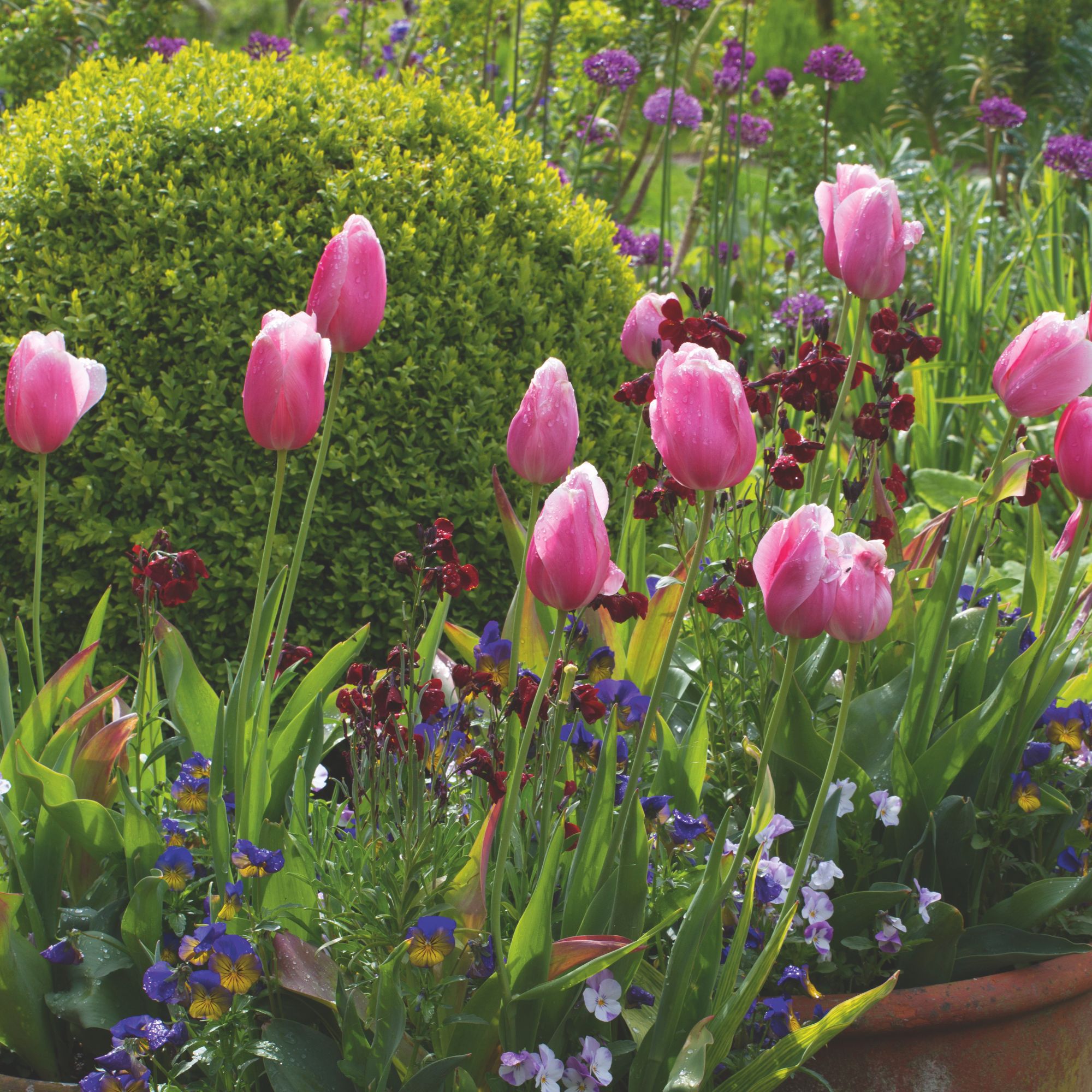
So, you absolutely should deadhead tulips if you want them to bounce back next year. But if you forget to do it, what does that mean for your bulbs?
‘If you don't deadhead your tulips, they'll likely still flower the following year but might be smaller and less impressive!’ says Morris.
It’s all about redirecting the plant’s energy back to the bulb. Leaving spent flowers on the plant can spread that energy thin, so it's crucial that you remove them. You'll just need to get your timing right...
What is the proper way to deadhead tulips?
Now that we’ve established the importance of deadheading tulips, we need to make sure we’re doing it right.
Timing is key – you’ll need to wait until the flower petals have started to wilt and fall, according to LBS Horticulture’s gardening expert, Graham Smith MCIHort.
‘This usually happens around a week after the flower was at its best, and you should cut the flower just above the first set of healthy leaves on the stem,’ he says.
Deadheading too early or too late can be detrimental to your plants. ‘If you deadhead too early, whilst the bloom is still intact and the petals are vibrant, you will affect its natural growth cycle,’ Lucie warns.
‘If you deadhead too late, the plant will have directed all its energy towards producing new seeds rather than building up the health of the bulb for the following year.’
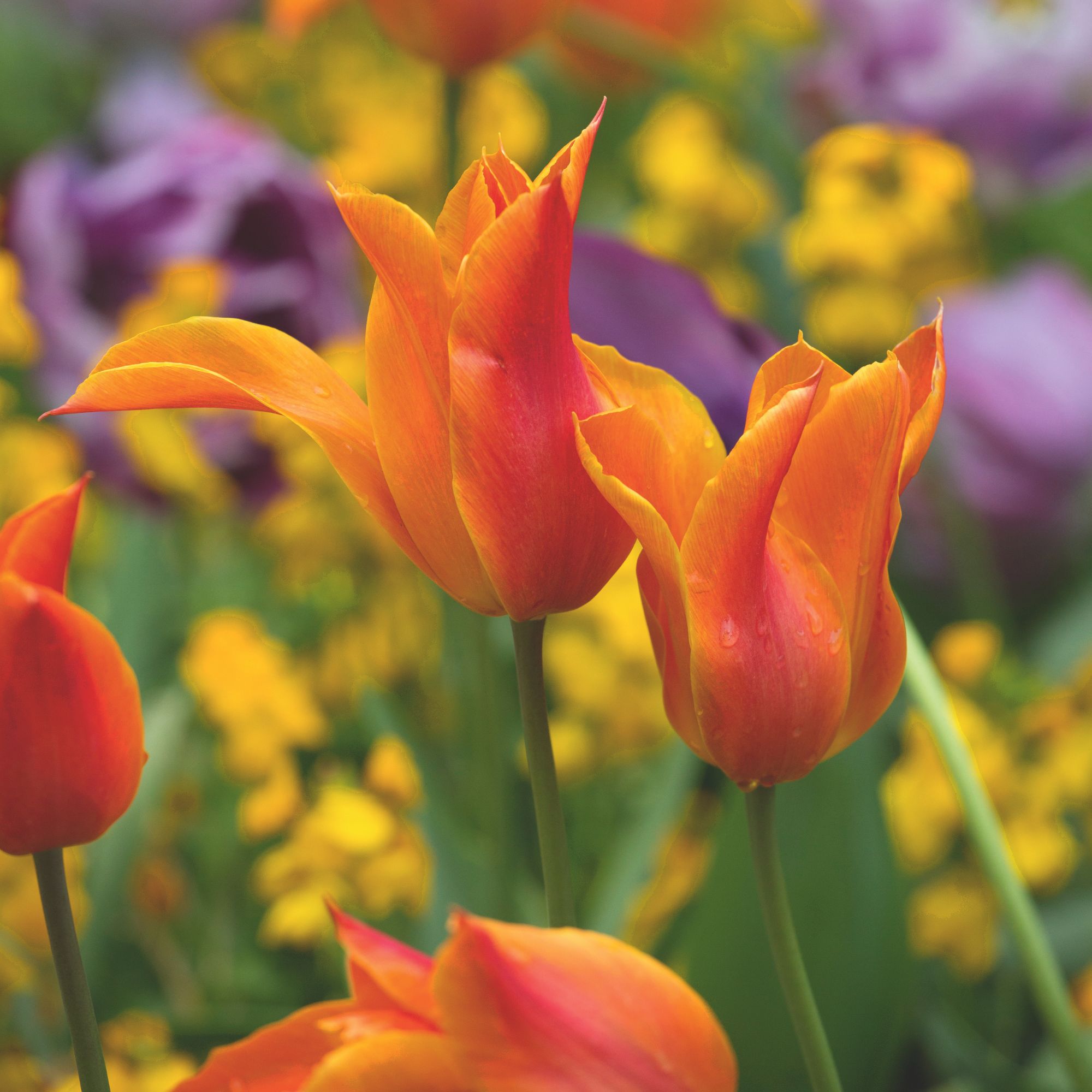
It’s really important that you leave the foliage alone, though.
‘The foliage should be left in place until it has withered completely and turned yellow, which can take up to six weeks,’ Graham advises. ‘Before this, it will still be used by the plant to produce energy that can be stored in the bulb for the next year's growth.’
So, should you deadhead tulips? If you’re after a tidier, healthier garden and a successful round of blooms next year, it’s well worth taking out the snips – just make sure you wait until the blooms start to wilt and drop.

Sophie joined the Ideal Home team as Gardens Editor in June 2024. After studying English at Royal Holloway, University of London, she began writing for Grow Your Own, which spurred on her love of gardening. She's tried growing almost every vegetable under the sun, and has a soft spot for roses and dinnerplate dahlias.
As Gardens Editor, Sophie's always on the lookout for the latest garden trend. She loves sharing growing hacks for every space, from herbaceous borders to balconies.
